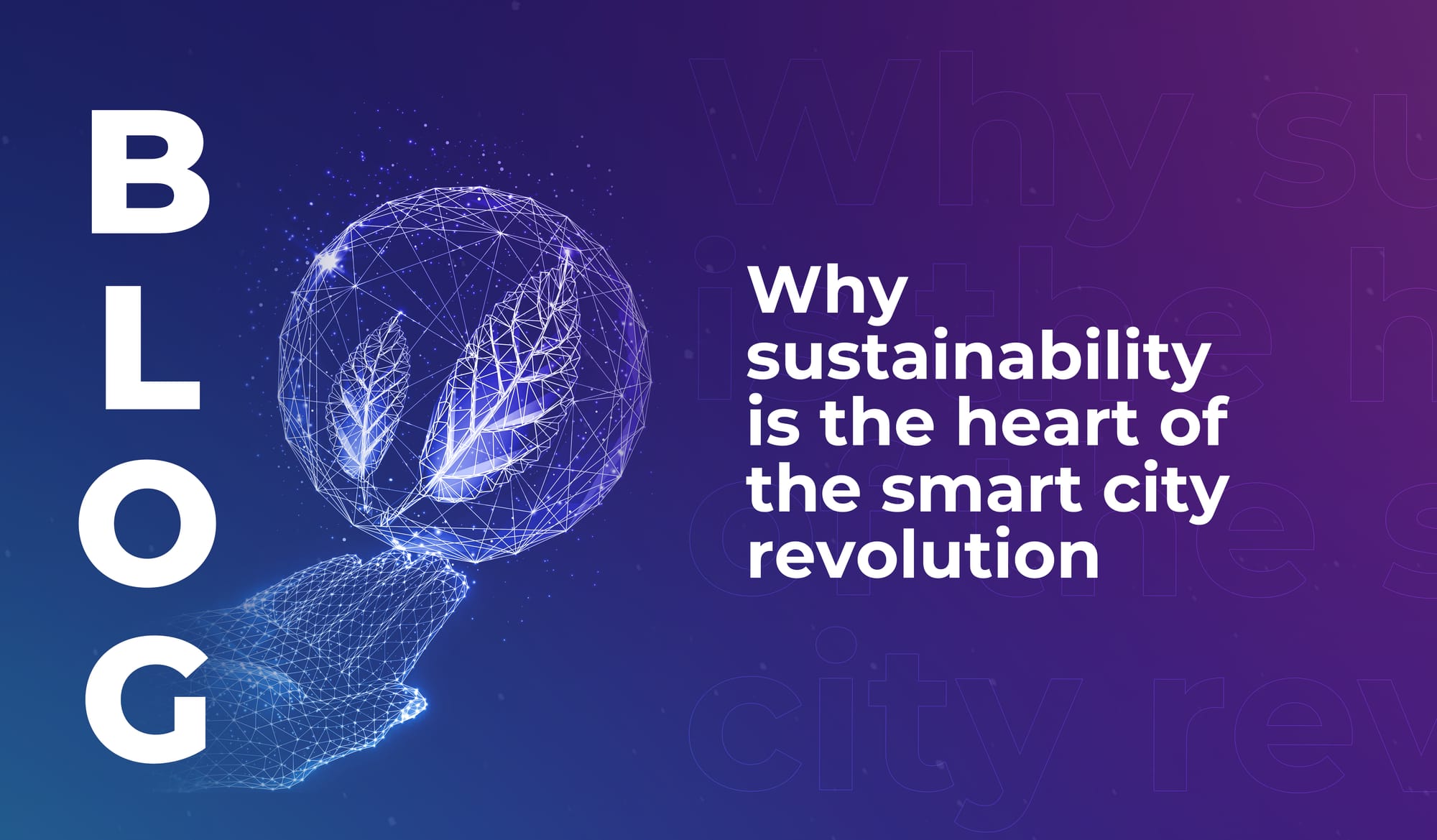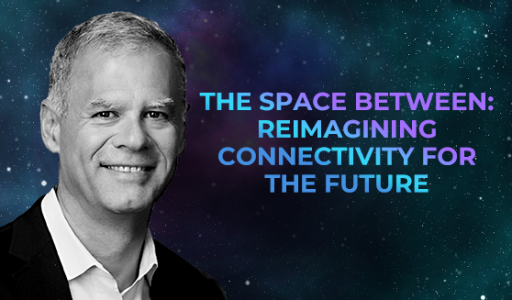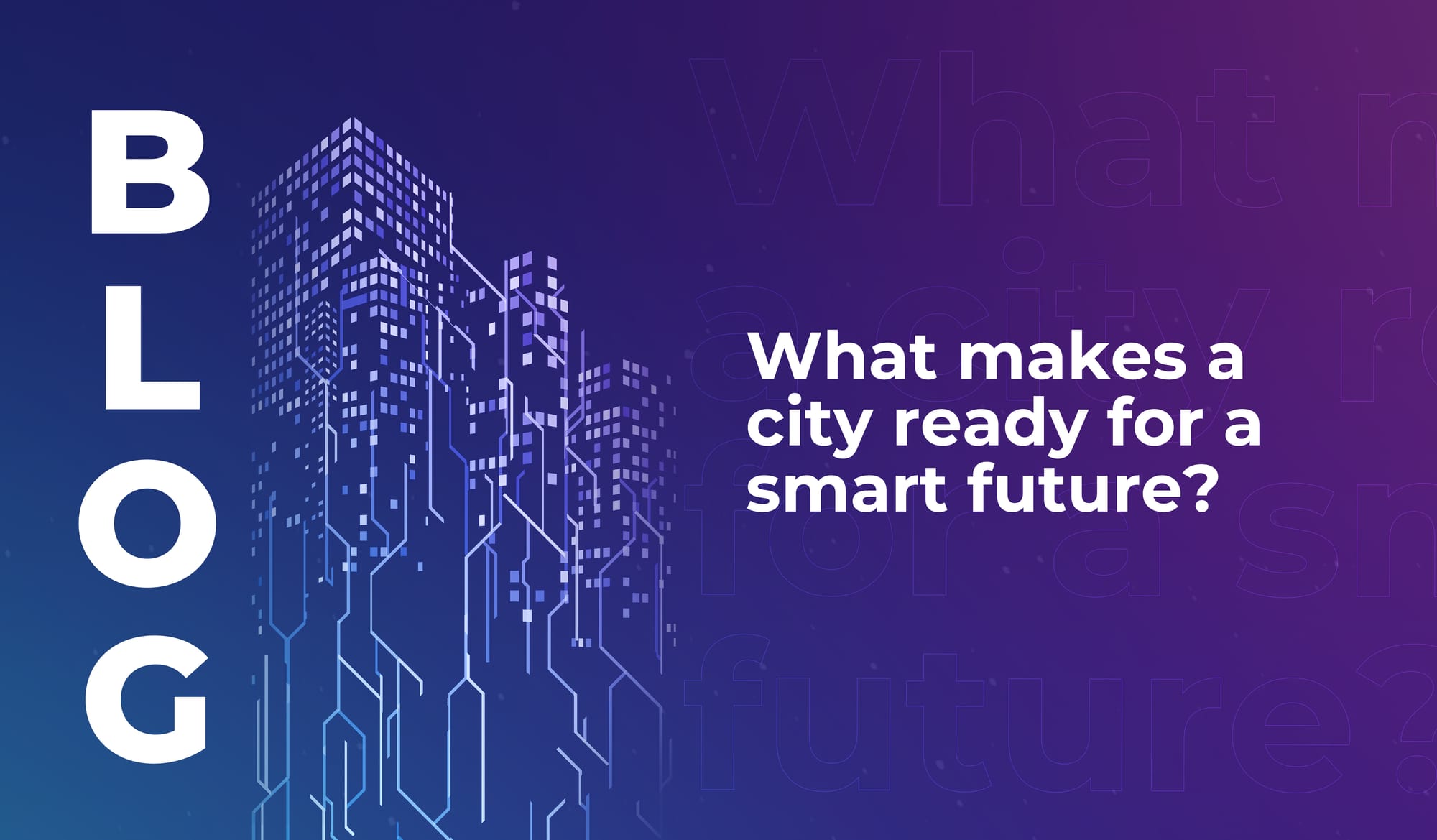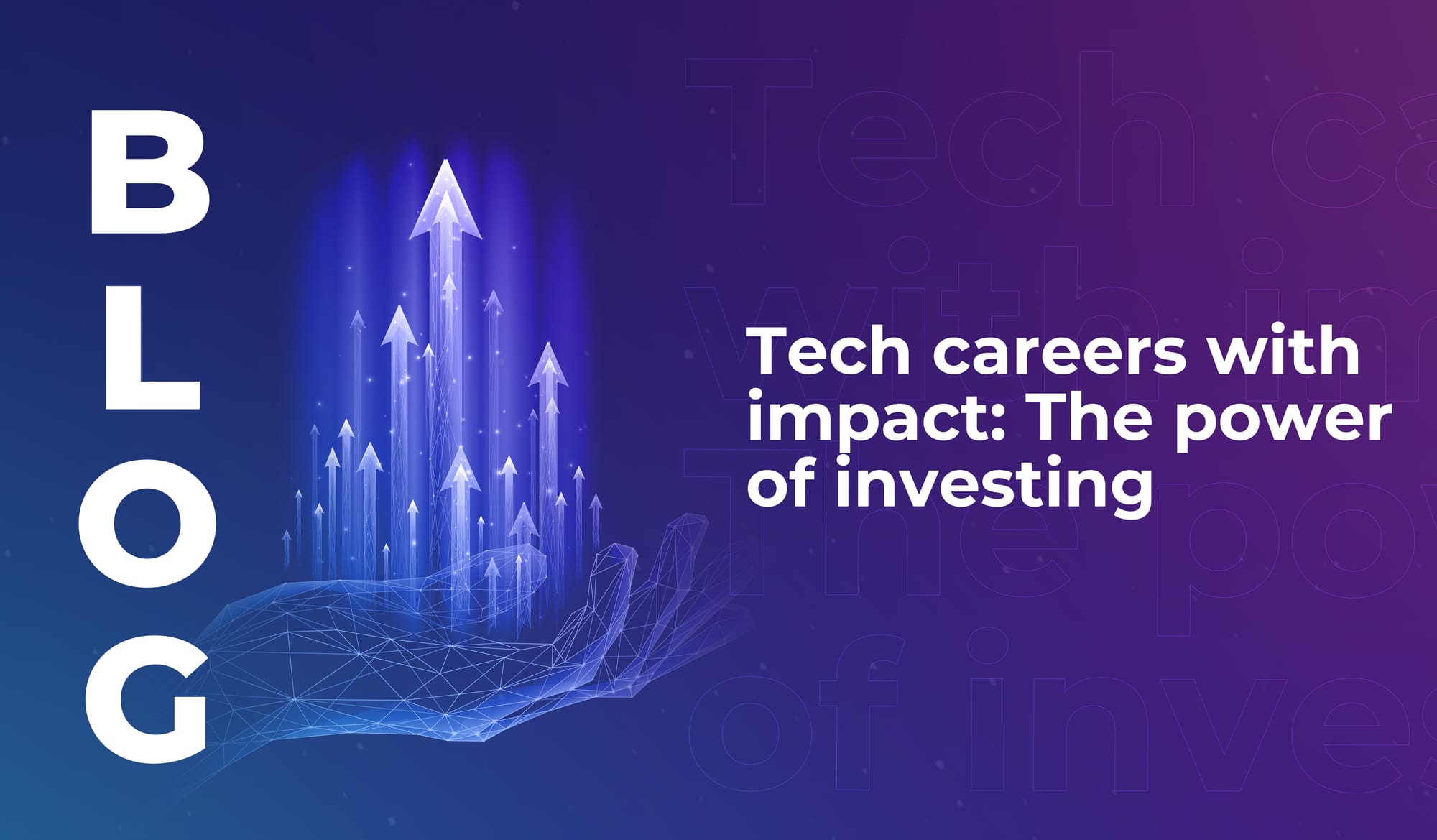
Why sustainability is the heart of the smart city revolution
The smart cities of the future will use tech to lower emissions, cut urban temperatures, and improve quality of life in highly populated areas.


There’s a lot of science in tech: we like data, algorithms, and configurations that solve problems. But there’s also an incredible level of imagination behind the technology of today – and behind the technology of the future.
Which is why when Fahri Diner (CEO and Founder at Plume) gave a more abstract keynote at #LEAP22, it was a welcome departure from the more quantifiable conversations we were having throughout the event. Once upon a time, all of today’s tech was nothing more than a twinkle in sci fi’s eye. Like when 2001: A Space Odyssey showed us the potential for tablet computers, space tourism, and…well, Zoom (watch this clip).
And today, we need to strengthen our connection with the abstract and with our wildest imaginations if we want to create future technology that really works for us.
Diner laid out the space in which his abstract, imaginative conceptualisation of future tech takes place. It’s the space between; neither one thing nor the other, it’s the space that we don’t think about very much.
If we visualise that space as a line with something at one end and something else at the other end, then it’s our connected devices on one side (the phones, computers, tablets, etc. that we are investing so heavily in) and on the other side, the infrastructure that supports them (utilities like WiFi, fibre-optics, cloud storage). “But,” Diner said, “in the space between we have a furiously growing opportunity.”
We need to stop obsessing over the size and speed of the endpoints, and start to optimise the space in between; “because the space in between is where the future for you happens. It’s how a future exists where your data works for you, instead of making those who capture it rich.”
What exactly Diner means by this is still suitably abstract – because it hasn’t happened yet. It brings to mind the theory of anthropologist Victor Turner in the 1960s, that in every transition from one stage of life to another, human beings must go through a liminal stage in which they are neither here nor there. They’re ‘betwixt and between’, and in order to shift into the next stage they must enter into that unknown between-ness and shake off the shackles of everything they’d known before.
To move from our current understanding of connectivity into a different one, we have to go deep into the in-between.
To explain the potential of this untapped space, Diner took us back to 1954, when psychologist Julian Rotter had begun to develop the concept of ‘Locus of Control’. The locus of control describes how we connect to each other, to ourselves, and to our environment – and in order to create a new kind of connection, we have to change the locus of control.
“There’s this external locus of control which is characterised by the feeling that things are happening to you,” Diner explained. “When we think about connectivity this makes a lot of sense because a decade ago, incredible things were possible and we were excited about the future. The smart devices were about to hit our homes, and we were promised that the world would come to us, and simplify things. That happened, but our devices and through-put, these two elements determined what was possible. We were just a part of this connected world.”
Now, in 2022, what we thought was incredible in 2012 now looks pretty basic. “Now, we have control. For example we can adjust dials and locks from afar, turn up the air conditioning in our house in Dallas from a stage here in Riyadh, for example. This is the internal locus of control.”
But in this internal locus of control, we’re still responsible for making our devices do things. We have to actively direct our tech – “Which is great. But it comes with a lot of effort. And we can do more.”
How? By moving into a unified locus of control. Which is where, Diner said, amazing things can happen: “Not to us or by us, but for us.”
In a unified locus of control, we’re not the passive providers of data to tech systems and big companies, and the receivers of whatever it is those systems and companies decide to sell back to us. We’re empowered, knowingly entangled with our data, and we’re the directors of our own digital destiny.
According to Diner, data in the in-between will elevate everyone’s personal experiences when tech innovators (and, well, all humans) shift their approach to encompass the three Ps:
● Personalisation. It’s got to be predictive, contextual, and convenient.
● Protect. With an emphasis on privacy, security, and control over data.
● Possibility. Embracing freedom and shared experiences.
And when we do this, the way tech works for us will change.
“In the space between, things happen for you,” Diner said. “In some cases they happen simply because you desire and you ask. In other cases your needs are anticipated because the universe understands the context and intent. It understands you. Predicts what you want, and makes it happen – on your terms, with minimal effort, because you own the space in between. And even better, the aggregated knowledge you contribute by participating actually moves everyone forward. That’s the world we are envisioning.”
It is not, of course, our current reality, nor is it a certain vision for the future. But Diner’s passionate call for a reimagining of connectivity is a reminder that tech innovators cannot be bound by what is currently technologically feasible, or actionable. Imagination and bold, grand visions must remain a part of the way we develop technology – so that we can continue to strive for tech that makes life better. We can’t allow ourselves to be limited by the connections, the commerce, and the social playbook of our time.
“Those who control the space in between will control the future,” said Diner. And right now, that space in between is open to everyone.

The smart cities of the future will use tech to lower emissions, cut urban temperatures, and improve quality of life in highly populated areas.

Discover the cities that rank highly for smart city preparedness, and learn why locally relevant innovation is more important than cutting-edge tech.

If you’ve ever thought about becoming a tech investor, read this – learn why investors are the quiet force shaping the future of the industry.

The smart cities of the future will use tech to lower emissions, cut urban temperatures, and improve quality of life in highly populated areas.

Discover the cities that rank highly for smart city preparedness, and learn why locally relevant innovation is more important than cutting-edge tech.

If you’ve ever thought about becoming a tech investor, read this – learn why investors are the quiet force shaping the future of the industry.